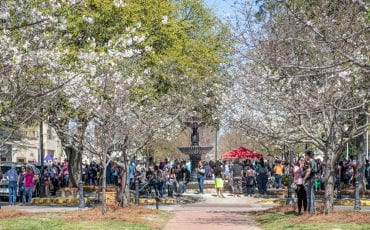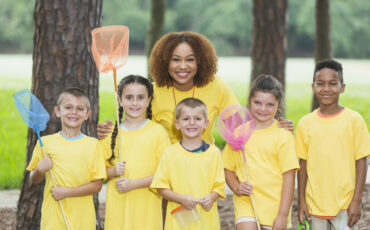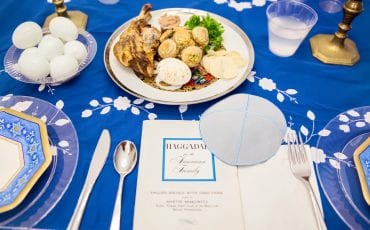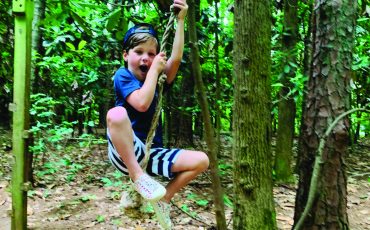6 Ways to Introduce Bird Watching to Kids
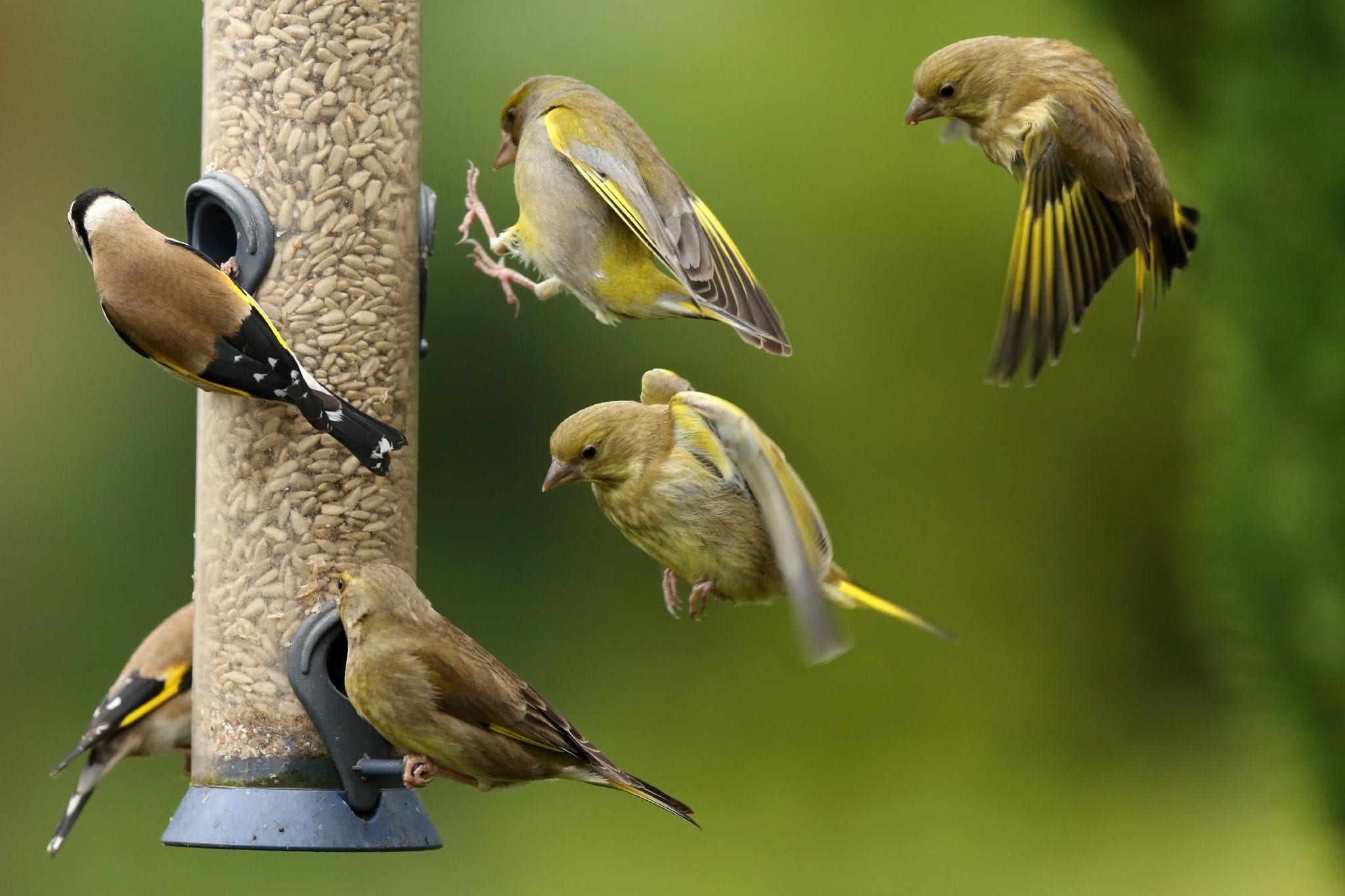
February is National Bird Feeding month! Get to know the birds in your backyard or around your neighborhood with these events and ideas.
Table of Contents
Getting Started
Begin by noticing birds wherever you are. Name the ones you know. An app such as Merlin Bird ID or eBird can help you identify and learn about the birds you see. Use a small notebook to track your sightings. Encourage your kids to draw pictures or take notes about birds. The best time for bird watching is usually early morning or late afternoon.
Look and Listen to Identify Birds
Notice the details – size, coloring, shape – that will help you identify birds. In Georgia, common birds are Carolina wrens, bluebirds, song sparrows, thrushes, cardinals, blue jays and Georgia’s state bird, the brown thrasher. Find out more in the citizen-scientist database. Listen to the listen to the calls of various birds at All About Birds, an online bird guide from Cornell University.
Feed the Birds
Attract birds with a feeder. You can buy one, build your own, or make simple ones from materials you likely have on hand. The National Audubon Society suggests this simple bird feeder: Mix peanut butter with cornmeal and spread on a large pinecone. Many birds even like fruit.
Join the Great Backyard Bird Count
From February 17-20, people around the world come together to watch, learn about and count birds. Be a citizen scientist any or all of those days by counting and reporting birds you see for at least 15 minutes. Learn more at birdcount.org.
You can participate in the Backyard Bird Count at home, or join other birdwatchers at one of these events:
Great Backyard Bird Count at Smith-Gilbert Gardens
Watch, learn about, count and celebrate birds at this annual event. Feb. 17-20.
Elachee Great Backyard Bird Count Festivities at Elachee Nature Science Center
Make owl crafts, go on a scavenger hunt, see live animals, view birds of prey shows and more. Feb. 18.
Backyard Bird Count at Settles Bridge Park
Be part of this global community science initiative, and help plant pollinator-friendly seeds. Feb. 17.
Need Binoculars?
Binoculars are a great way to get a close-up look at birds. You can spend as little as $100 on a good pair. To get younger kids excited about bird-spotting, buy inexpensive kid-sized binoculars. Some recommended brands: Discovery Binoculars; Learning Resources Primary Science Binoculars and Celestron UpClose G2 Roof Binoculars.
Field Guides
Younger Kids: About Birds: A Guide for Children by Cathryn Sill and John Sill; Birds, Nests, and Eggs (Take Along Guide) by Mel Boring.
Older Kids: Backyard Birds by Jonathan Latimer, Karen Stray Nolting, and Roger Tory Peterson; Stokes Beginner’s Guide to Birds (Eastern and Western regions), by Donald and Lillian Stokes.
Make Your Yard Bird-Friendly
Grow native plants, like American holly, azaleas and redbuds, to attract birds, hummingbirds and other pollinators. Don’t forget water, as birds need this resource all year round. Try rocks or boulders that catch rainwater or include a bird bath or a fountain. Avoid pesticides, as a bird-friendly garden is also bug-friendly. If you’re hoping to attract birds with a feeder, keep your pet cats inside.
Join the Club
The Georgia Audubon Society has information on birds and where to see them, as well as local events and activities. Their digital resources page has online activities for kids. Become a member and you’ll be supporting conservation, education and advocacy efforts in Georgia.
Watch from Afar
If your backyard isn’t teeming with birds or if you’re curious about specific birds, perhaps ones not native to your area, check out the web. Bird cams are a great way to get close ups on birds. Check out Avibase – The World Bird Database for a list of web cams all over the world.




